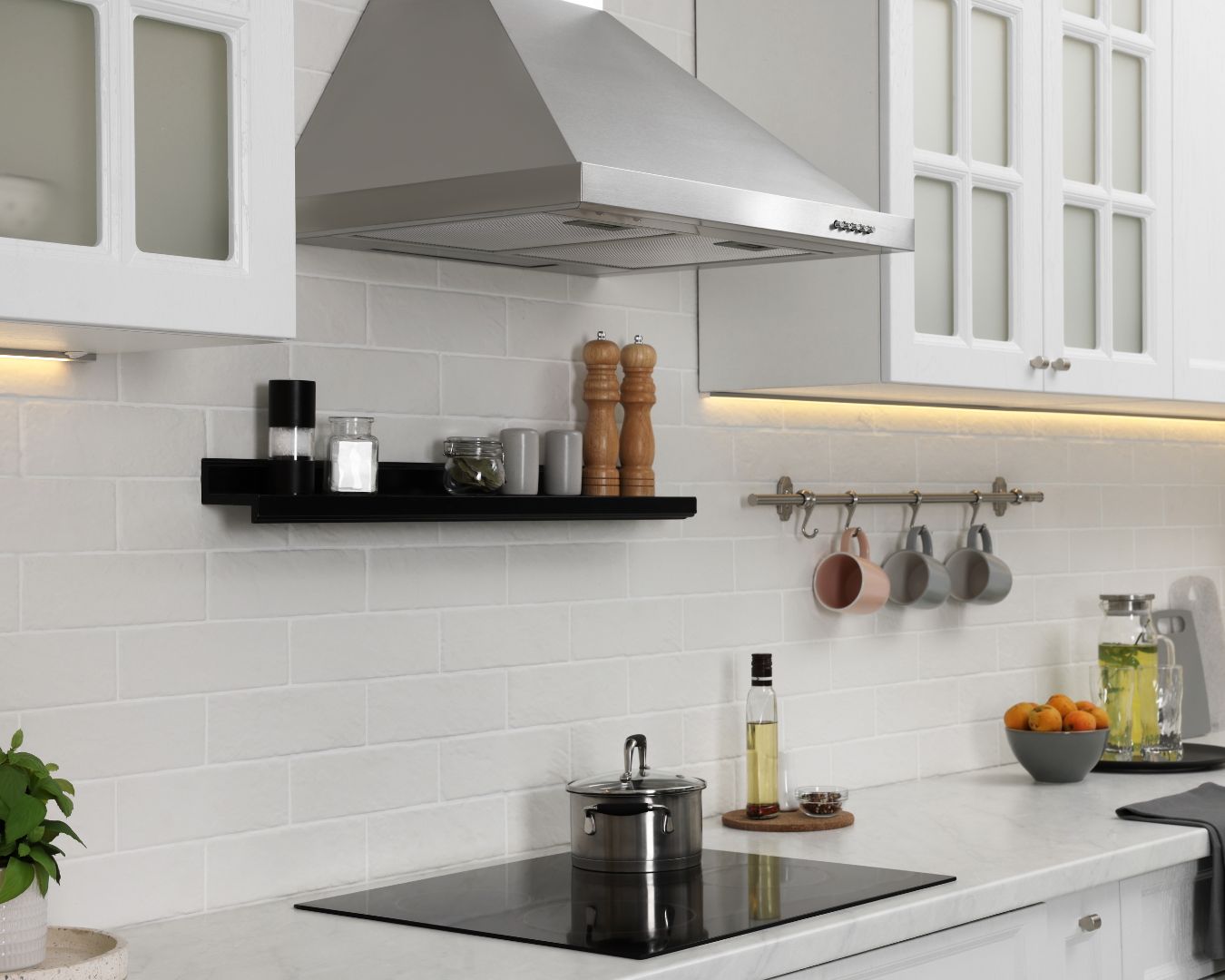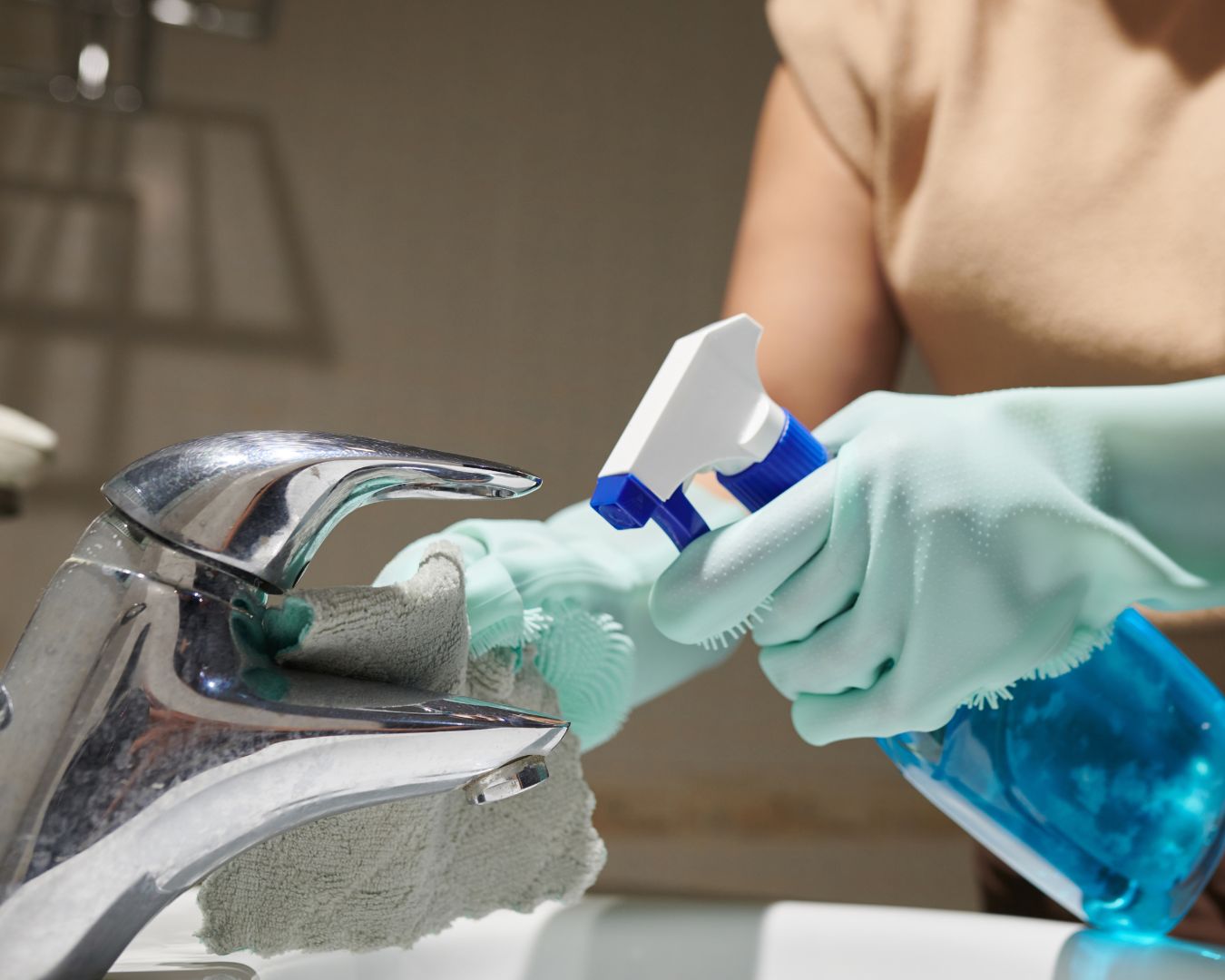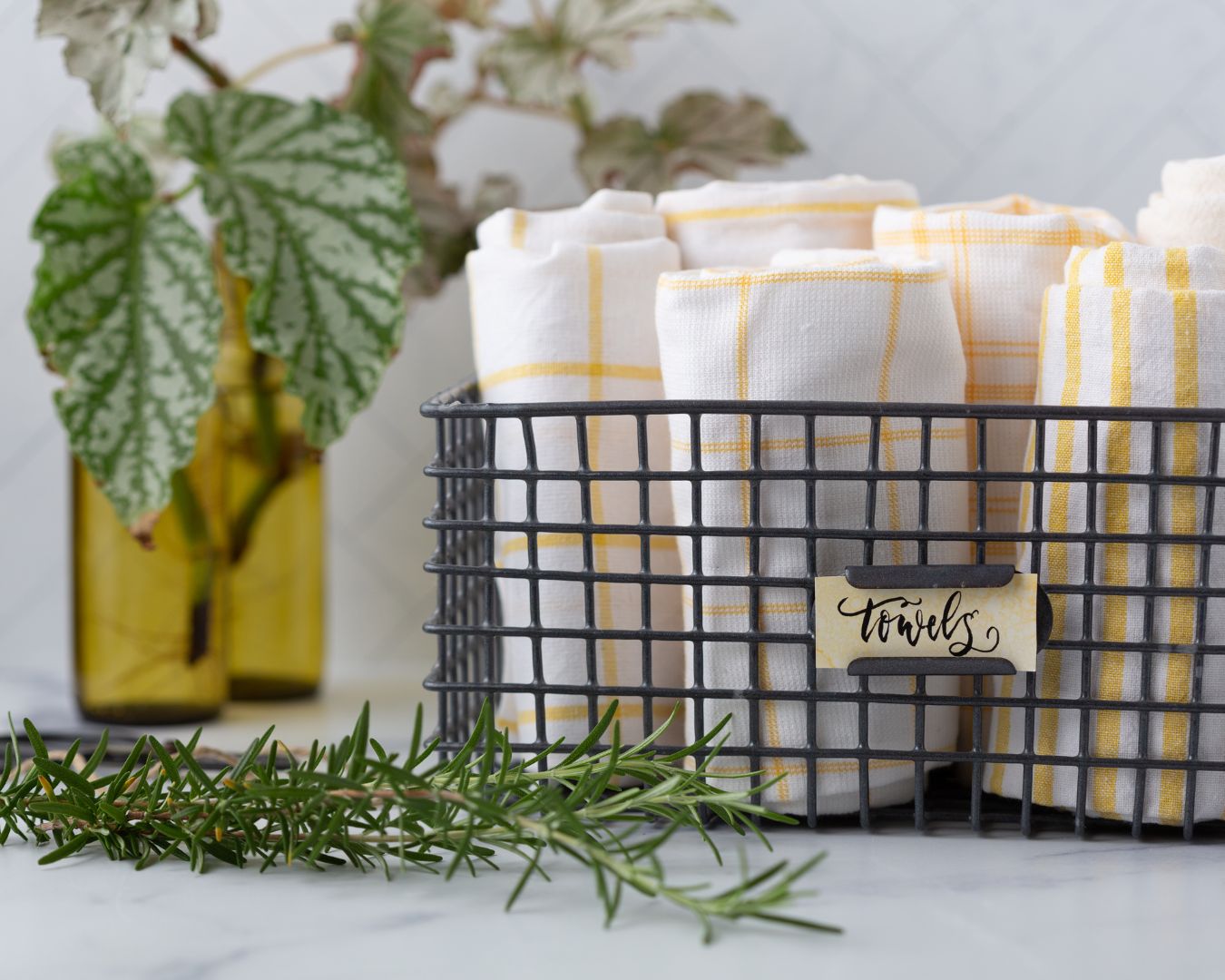Kitchen towels are an essential tool for keeping your kitchen clean and efficient. However, not all kitchen towels are created equal, and selecting the right ones for different tasks—whether drying dishes, wiping counters, or handling hot pans—can make a significant difference. Maintaining them properly is also key to ensuring their longevity and keeping your kitchen hygienic. Here’s a comprehensive guide on how to choose the best kitchen towels for various tasks and tips for maintaining them. Choosing the Right Kitchen Towels for Different Tasks When selecting kitchen towels, consider the type of material and size best suited for each specific cleaning or cooking task. a) Cotton Towels for General Cleaning and Drying Cotton towels are soft, absorbent, and ideal for general kitchen tasks such as drying dishes, wiping countertops, and cleaning spills. b) Microfiber Towels for Detailed Cleaning Microfiber towels are excellent for tasks that require precision, like wiping down appliances or polishing glass surfaces. These towels trap dust and grime effectively without leaving streaks behind. c) Terry Cloth Towels for Absorbing Spills Terry cloth towels, with their looped texture, are ideal for soaking up large spills or wiping up messes in the kitchen. d) Flour Sack Towels for Baking and Proofing Flour sack towels are lightweight, thin, and made from soft cotton. These towels are great for tasks that require a delicate touch, like covering bread dough while it proofs or drying freshly washed fruits and vegetables. e) Lint-Free Towels for Glassware When drying glassware or crystal, you’ll want to avoid towels that leave lint behind. Linen or specially designed glass-drying towels are ideal for this task. Maintaining Your Kitchen Towels Once you’ve selected the right towels for your kitchen, proper maintenance will ensure they stay clean, fresh, and in good condition. a) Wash Kitchen Towels Regularly Kitchen towels, especially those used for drying hands or wiping surfaces, should be washed frequently to prevent the spread of bacteria and germs. Pro Tip: Wash towels separately from clothes, as kitchen towels can pick up grease and food particles that you don’t want transferring to your laundry. b) Avoid Cross-Contamination Assign specific towels for different tasks to avoid cross-contamination in the kitchen. Pro Tip: Keep your towels organized by hanging them in designated spots. This will prevent them from being used interchangeably and ensures that you always know which towel is meant for which task. c) Air Dry Towels Thoroughly Damp towels can become a breeding ground for bacteria and mold. After use, make sure to hang towels in a well-ventilated area so they can air dry completely between uses. Pro Tip: Consider purchasing quick-dry towels if you live in a humid environment or if you frequently use towels throughout the day. d) Treat Stains Promptly Kitchen towels are prone to stains from food, grease, and sauces. Treat stains as soon as possible to prevent them from setting. Pro Tip: If you do use bleach, limit it to white towels and only use it occasionally to prevent fiber breakdown. e) Replace Worn-Out Towels Even with proper care, kitchen towels will eventually wear out. Pay attention to signs of wear, such as fraying edges, thinning fabric, or a musty odor that won’t go away, even after washing. Pro Tip: Rotate your towels regularly, using all of them evenly to avoid wearing out just a few. This can extend the life of each towel. Choosing the right kitchen towels for specific tasks can make your kitchen cleaning routine more efficient and hygienic. Whether you need a durable terry cloth towel for absorbing spills or a lint-free towel for drying glassware, having the right towels on hand is essential. By maintaining them properly—washing regularly, air drying thoroughly, and treating stains—you’ll ensure they remain in top condition and serve you well in the kitchen. With a little care and organization, your kitchen towels will help keep your cooking space clean and efficient.







